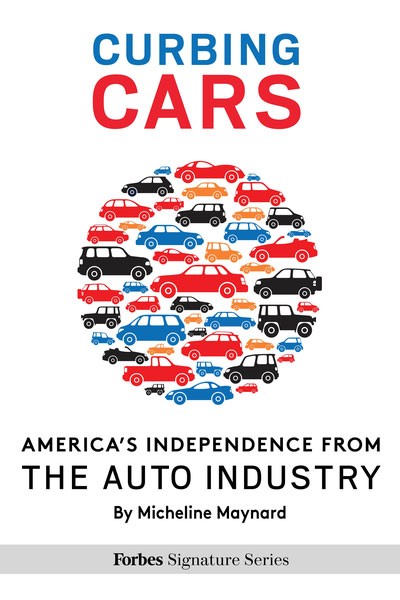“If this doesn’t work out, I can always get a job driving a cab.” How many times have you heard people say that? How many times have you thought it?
Dmitry Samarov actually did it, although like many people who find themselves carrying people from point to point, he didn’t intend to become a cab driver.
He’s an artist, turned cab driver, turned writer. His new book, Where To? A Hack’s Memoir takes tales of his day job and combines them with drawings, giving a complete picture of what it’s like to drive all day for a living. That’s his artwork on the book jacket.
Where To? is Samarov’s second illustrated memoir, coming on top of his first, Hack: Stories From A Chicago Cab, published in 2011.
In Where To? Samarov gives an inside look at a job that was once considered ordinary, but now is increasingly under threat, as start ups such as Uber and Lyft transform hailing a cab into an app-based event. (He gave up driving in 2012 and now focuses on painting and writing.)
Samarov began driving a cab in Boston, where he was looking for a job after graduating from art school. He found himself in a seedy office inside a garage, where he was told to take a taxi-driving course, get a certificate from Boston Police and come back with $200 for a deposit.
His first fare was from Copley Square to Logan Airport, which he had no idea how to reach. His passenger had to give him direction, and Samarov can’t remember whether he actually tipped him. A hooker who rode in the front seat stole his wallet and made off $200, without even paying the meter, as he recalls.
Every kind of passenger is profiled, from tourists and drunk college kids, to baseball fans and especially corporate types.
Of them, Samarov writes, “Many of them spend their lives in transit, switching from plane to car and then back, going into skyscrapers in one city or another, then gathering their things, and moving onto the next city. I don’t know what they’re doing, but I keep listening, watching, sometimes even talking to them, in hopes of getting some clue.”
Samarov is happy to get more than 10 percent on the bill in tips, so he makes note of his generous passengers. There’s a gentleman who leaves $45 on a $40 fare, and lady whose only words to him during the entire ride are “thank you” at the end. She left 25 percent for what he remembers as a completely uneventful ride.
“I don’t envy these corporate itinerants,” he writes. “I don’t know whether what they do is of value to the world, or not, but the glimpses of their every day reality that I’m privy to doesn’t make me want to get out from behind the wheel.”
Ultimately, Samarov decides a hack’s life is no long for him, and documents his final day in a hilarious and poignant sendoff. Given the spread of Uber, and the backlash it’s received from city and state governments and other cab drivers, he may have been part of a dying breed.









